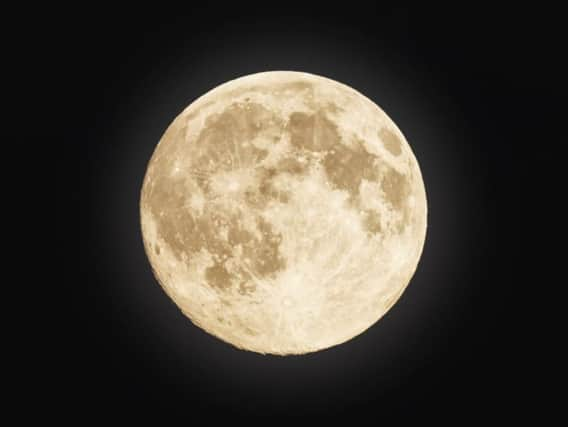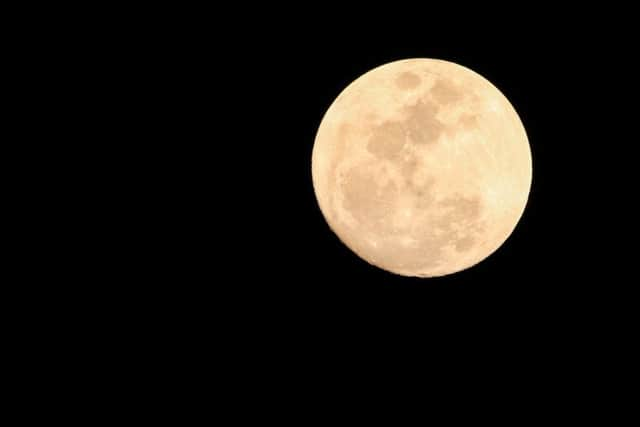GOOD MOON RISING: Biggest 'supermoon' in nearly 70 years set to light up skies over Sheffield


Supermoons are not particularly rare in themselves – the last three months of this year (as illustrated here) all boast one – but November’s will be biggest since 1948.
November 14 will see our planet’s only natural satellite appear 14 per cent larger and 30 per cent brighter in the night sky. “The full moon will not only the closest full moon of 2016, but also the closest full moon to date in the 21st century,” predict NASA boffins.


Advertisement
Hide AdAdvertisement
Hide AdThe Moon itself is naturally not actually growing in size, but simply a result of its elliptical orbit around our planet. An egg-shaped path means the Moon can be at different distances from the Earth, depending on what stage of its orbit it is in.
It can mean a difference of up to 30,000 miles, with closest point called the perigee, and furthest apogee. When the orbit of the Moon lines with the Sun and the Earth in a particular way, it causes an effect called perigee-syzygy, which essentially means the moon appears far bigger in the sky.
Supermoon (n): The phenomenon whereby the moon appears particularly large in the sky owing to the coincidence of its closest approach to the earth (the perigee) with a full (or new) moon (Oxford Dictionary)
September 2015’s supermoon coincided with lunar eclipse, giving an eerie red glow. Monday November 14 supermoon will light up the night sky for many hours but, for best effect and closest you’ll get to witnessing spectacular images seen across social media after such an event, you’ll want to look east shortly after 4.12pm sunset.


Advertisement
Hide AdAdvertisement
Hide AdAccording to NASA: “When the moon is near the horizon, it can look unnaturally large when viewed through trees, buildings, or other foreground objects. The effect is an optical illusion, but that fact doesn’t take away from the experience.”
By the time it is higher in the sky, 14% increase in its usual size will be harder to make out. Budding photographers will also want to get their hands on a proper camera. The small lens on your smart phone won’t be able to make out the change in size.
Should inclement weather cloud up the sky, as it so often does at this time of year, next supermoon isn’t too far away on December 14. But it will be nowhere near as impressive as November’s.
It will also be something of a bitter-sweet supermoon with increased brightness of full moon coinciding with annual Geminids meteor shower. The excess light will wash out the night sky, making the spectacular shower harder to view.
Advertisement
Hide AdAdvertisement
Hide AdNext supermoon to come close to this month's record-breaker won’t be until 2034 and, even then, it won’t be quite as large as the one we can look forward to soon.
The Star welcomes all your supermoon images, sent to [email protected] email address